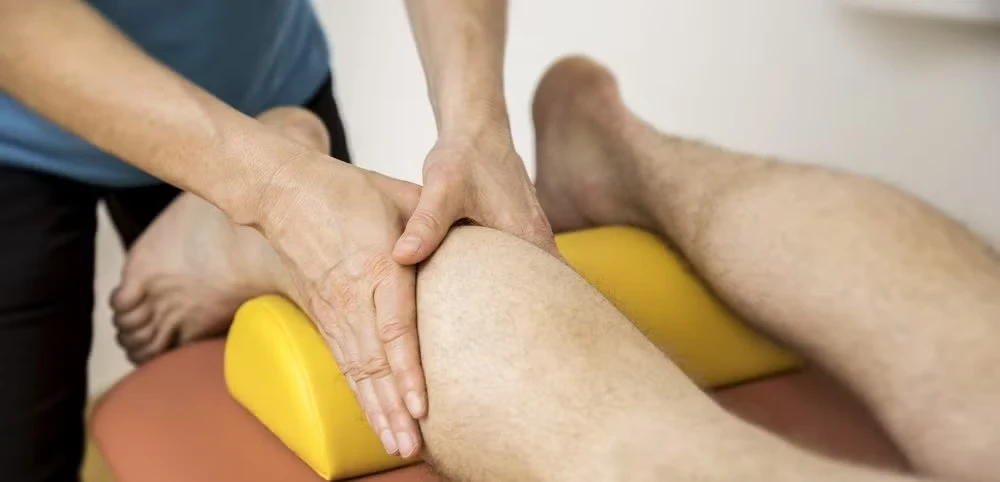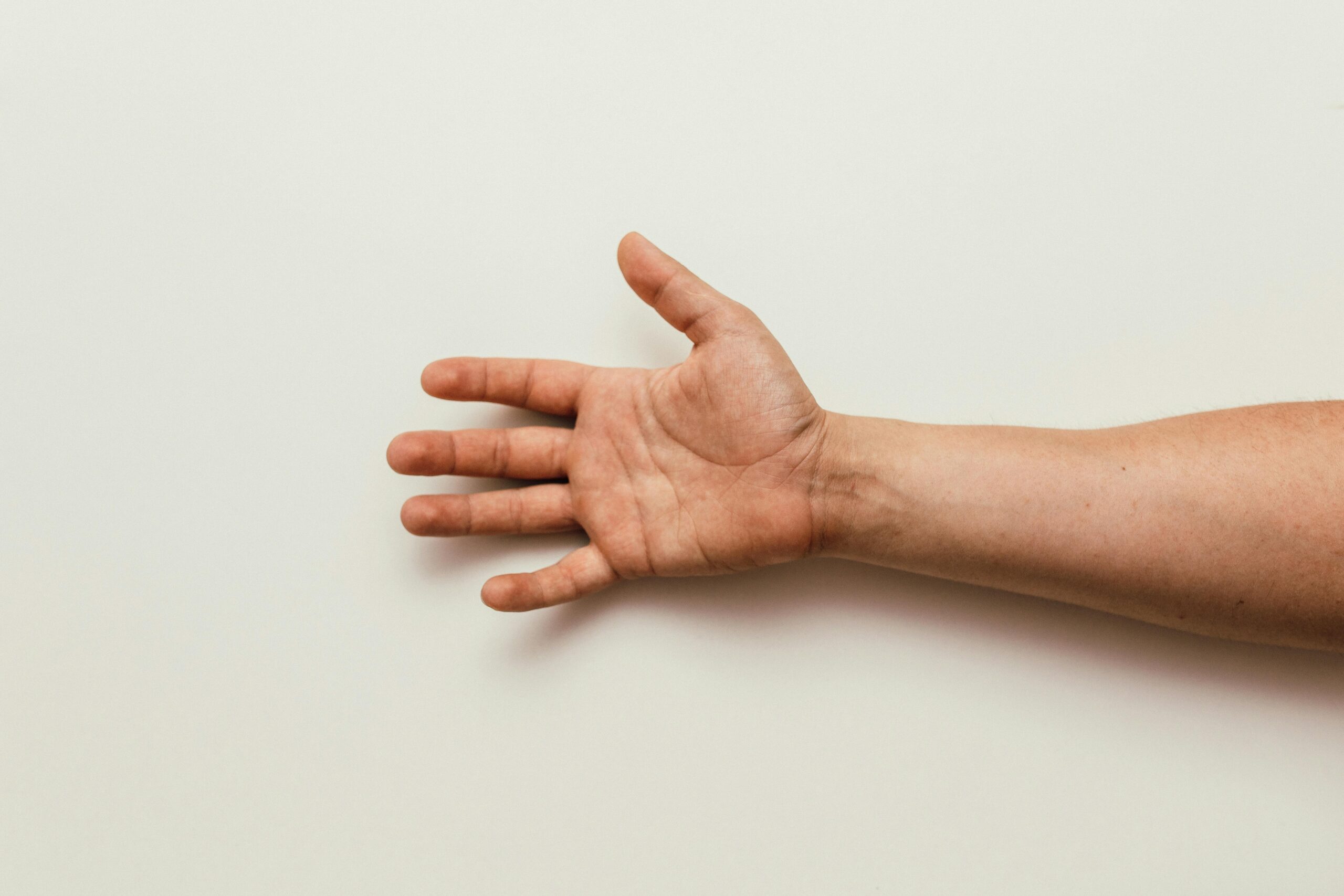How Physiotherapists Unlock Treatment & Prevention of Shin Splints

Shin splint is a term that common people use to describe the pain in the lower part of the shin bone. However, since the pain on the shin bone can differ depending on where it comes from, the correct medical term for shin splints is Medial Tibia Stress Syndrome (MTSS). MTSS is the pain and discomfort from the inside of the tibia due to stress on the bone. It may be a sharp pain when touching that tender area or an ache when exercising and after. Typically, the pain ignites when there is an activity and stops when resting.
What are the predisposing factors that cause shin splints?
The Brampton physiotherapy center outlines some factors that may lead to one having shin splints. The factors are:
- Inappropriate footwear
- Overweight; high body mass index (over 20.2 BMI)
- Muscular imbalance
- Tight lower leg muscles
- Running on concrete, downhill, or on uneven terrain
- Overpronation – flattening of the arch of the foot as you walk, run, or stand
- Excessive hip motion
- Participating in sports that have repetitive jumping and running
The benefits of physiotherapists in the treatment of shin splints
Physiotherapists play a critical role in ensuring that you recover quickly from MTSS and advise you on avoiding its recurrence. Brampton physiotherapy first diagnoses the cause of your shin splint before anything. They then customize a treatment plan for you to help you recover and prevent further injury.
A physiotherapist may recommend the following to relieve pain;
- Avoiding activities or exercises that may escalate the pain
- Putting ice on the tender part once to thrice a day for about 5 – 10 minutes.
- Doing gentle exercises to stretch the muscles
- Gently tapping the leg muscles in question
- Massaging the affected tissue
If your muscles are weak, Brampton physiotherapy advises that:
- You perform exercises that give your hip strength of abduction, rotation, and extension.
- You do exercises that lessen overpronation – flattening out of the foot arch. Those that add strength to the shin muscle and increases the arch.
The physiotherapists further treat shin splints in the following manner:
- They modify the take-off and landing of jumping athletes
- Do muscle stretches on the calf and foot
- Perform single-leg exercises like heel raises, squats, and reaching exercises.
- Advises on how to modify and control the leg when running and walking
- Suggesting the appropriate footwear for better support as you run or walk.
The physiotherapists help athletes with shin splints alter their training schedules to bounce back to the track or their sporting activities. They guide on the possible ways that can keep injuries away.
How do physiotherapists first advise on preventing shin splints?
It is easy to prevent Shin splints, aka MTSS. The Brampton physiotherapy recommends that you:
- Conduct a functional fitness examination yearly. The examination must include flexibility, strength, sport analyses, and mobility.
- Do some dynamic and static stretches before and after exercising.
- Engage the hip, foot, and pelvic muscles in strength and endurance exercises
- Select appropriate footwear
- Perform exercises in soft places if possible
- Have a training program to follow whereby it should start gently and have gradual progress.
Physiotherapists provide an end to shin splints that may befall us. Once you experience shin splints, ensure that you deal with them immediately to prevent them from progressing. At Brampton physiotherapy, you will find professional physiotherapists who will work on shin splints of whatever stages.
Blog Categories
- Acupuncture Treatment (10)
- Ankle Sprain (1)
- Arthritis Treatment (1)
- Back Pain (23)
- Chiropractic Care (38)
- Tennis Elbow (1)
- Chronic Pain (5)
- COVID-19 (1)
- Custom Orthotics (6)
- Dizziness (4)
- Exercises (13)
- Foot Orthotics (6)
- Hamstring Stretches (2)
- Info Articles (3)
- Kids Injury (1)
- Laser Therapy (4)
- Massage Therapy (21)
- Neck Pain (16)
- Orthopedic (1)
- Osteoarthritis (5)
- Osteopathy (3)
- Pain Management (18)
- Physiotherapy Benefits (44)
- Physiotherapy Clinic (6)
- Physiotherapy Exercises (12)
- Physiotherapy Tips (25)
- Physiotherapy Treatment (100)
- Rotator Cuff (2)
- Shin Splints (1)
- Shoulder (2)
- Spine (4)
- Sports Physiotherapy (2)
- Uncategorized (1)
- Vestibular Physiotherapy (2)
- Work From Home (2)


